Chesapeake
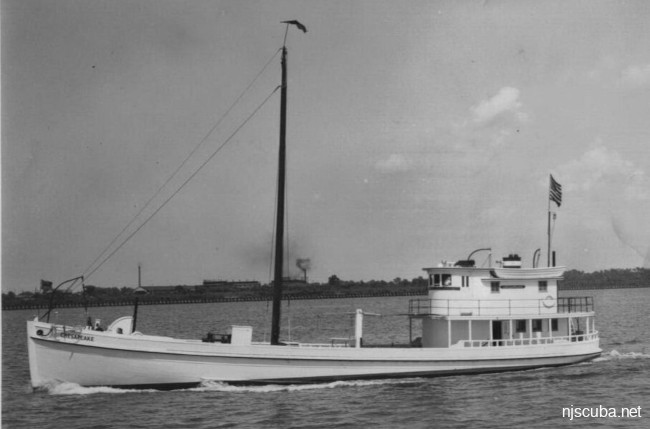
- Type:
- shipwreck, clam dredge, USA
- Built:
- 1936, Johnson Marine Railway, Crittenden VA USA
- Specs:
- ( 93 x 25 ft ) 113 gross tons
- Sunk:
- early 1980s, burned, no casualties
- Depth:
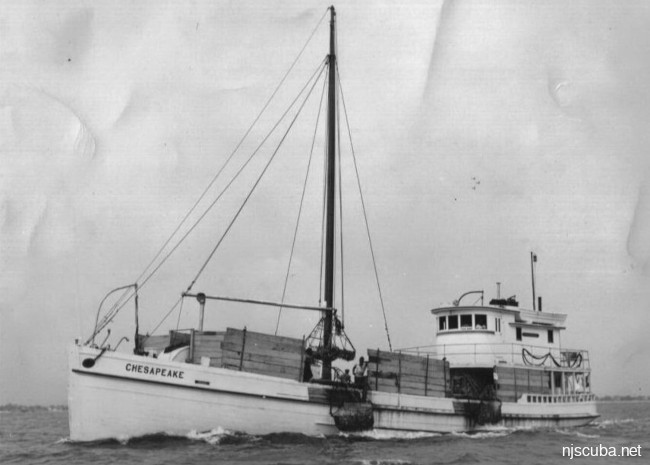
Chesapeake was built very heavily with 6x9” oak frames and 3” thick Georgia yellow pine planking. Chesapeake worked on the Chesapeake Bay until 1979 when she was sold to a company in Cape May New Jersey to work the mackerel fishery.
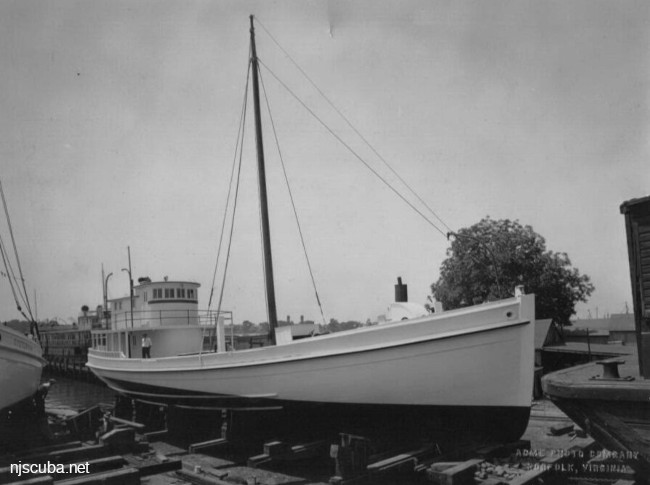
Photographs courtesy of Richard Miles
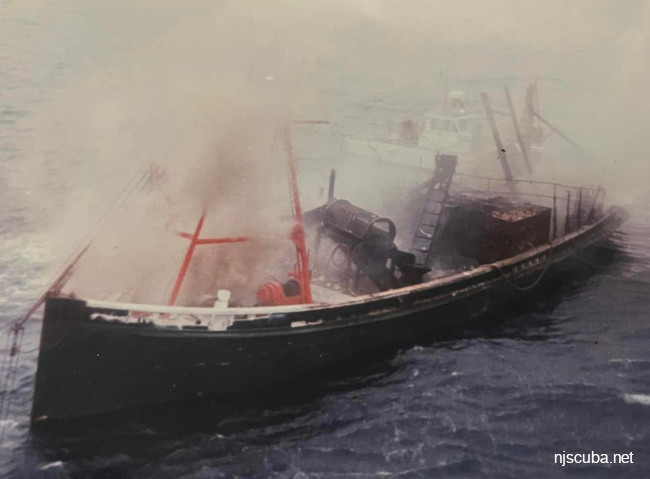
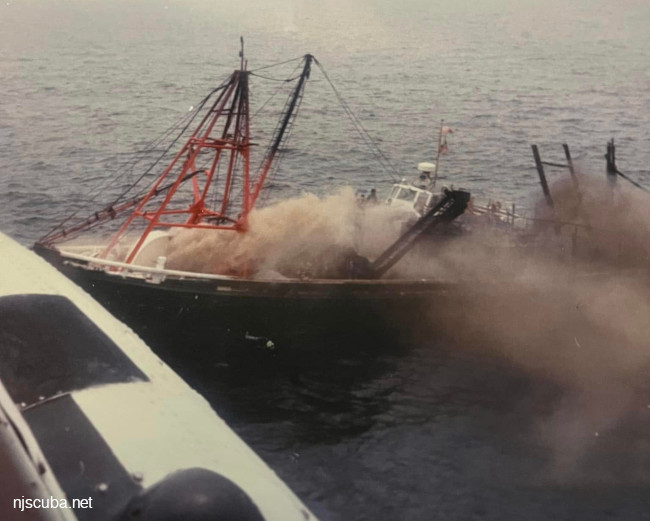
location probable
234599
IMO 7100407

Questions or Inquiries?
Just want to say Hello? Sign the .